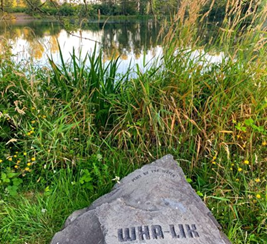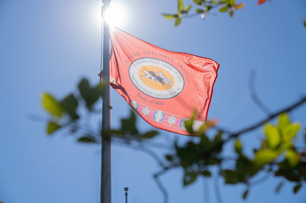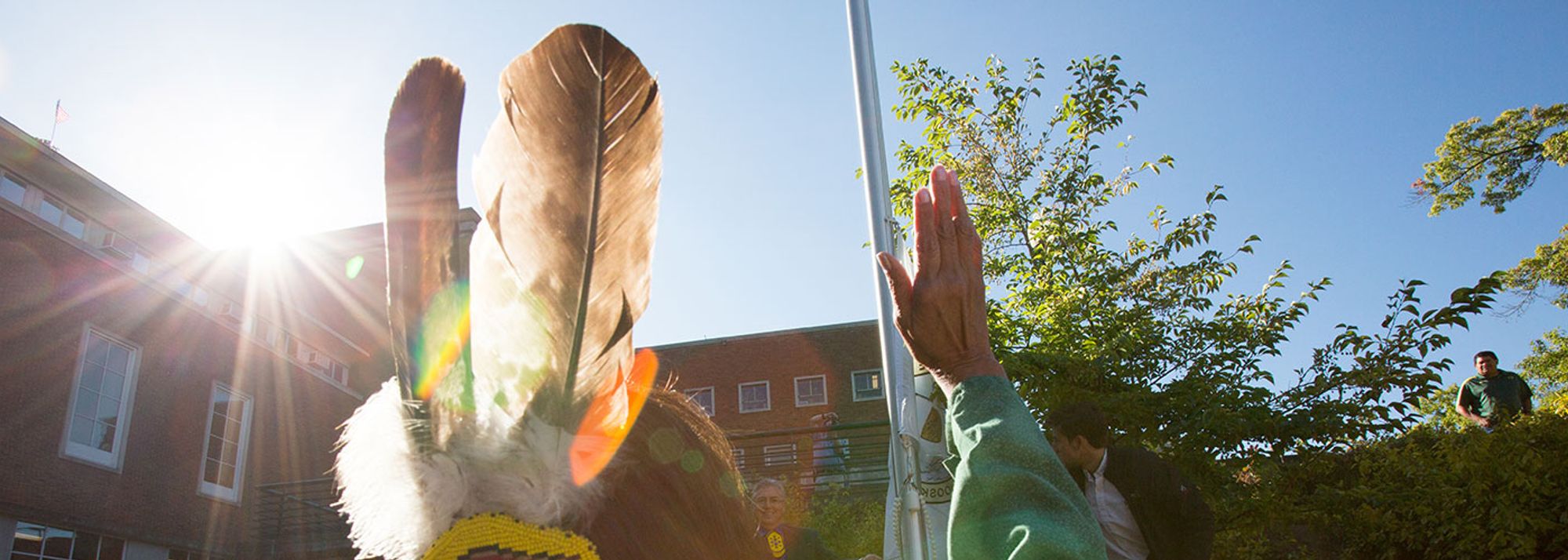Indigenous Peoples and Eugene
As history is being made at Hayward Field at the University of Oregon for the World Athletics Championships Oregon22 in July of 2022, visitors will also have the chance to experience the rich cultural heritage of Eugene. The city sits on the land of the Kalapuya Ilihi, the indigenous people of the Willamette Valley.
The University of Oregon is located within the traditional homelands of the Southern Kalapuya. Following the Willamette Valley Treaty of 1855, Kalapuya people were forcibly removed to the Coast Reservation in Western Oregon. Today, descendants are citizens of the Confederated Tribes of Grand Ronde Community of Oregon and the Confederated Tribes of the Siletz Indians of Oregon.
Right across the street from Hayward Field is the Museum of Natural and Cultural History. Tom Connolly, director of archaeological research at the museum, says museum officials work closely with those representing indigenous groups. “There’s always a presence in everything we do, everything gets reviewed by the tribes,” Connolly says. One such exhibit was ‘The In-Between’, which featured contemporary artist Anthony Hudson/Carla Rossi of the Confederated Tribes of Grand Ronde.

Eugene is also home to the Whilamut Natural Area of Alton Baker Park, where you’ll find the Kalapuya Talking Stones. Each of the 15 stones on the path is engraved with a Kalapuya word or phrase, followed by its English translation. More information on the stones and the Whilamut Natural Area can be found here.

The communities of Eugene and the University of Oregon pay tribute to the Kalapuya people through landmarks and educational resources. For example, the UO’s Kalapuya Ilihi residence hall was named to honor the land on which the university sits. The building features work by Native American artists of the region and is the home of the university’s Native American and Indigenous Studies Community.
Nestled between the Kalapuya Ilihi residence hall and Hayward Field is the Many Nations Longhouse. This is one of the locations on campus that welcomes indigenous students and visitors. In the center of campus, flags of the nine sovereign tribes in Oregon are raised to celebrate the important history and future that indigenous peoples have in Oregon.

Jason Younker, assistant vice president and advisor to the president on sovereignty and government-to-government relations at the University of Oregon, serves as the university’s governmental liaison to the nine federally recognized tribes of Oregon. He works to align educational efforts with the goals of the tribes.
Younker suggests that the best way to incorporate indigenous cultures is through the act of giving, a deeply rooted custom in many tribes. “When athletes come to the Willamette Valley,” Younker says, “they should leave with that tradition, to carry it on into the world.”
Use this map to see just how much there is to discover in Eugene and to find more landmarks near Hayward Field. Read more about the nine federally recognized tribes in Oregon here.
Contributed by Emily Holman and Allen Hall PR






